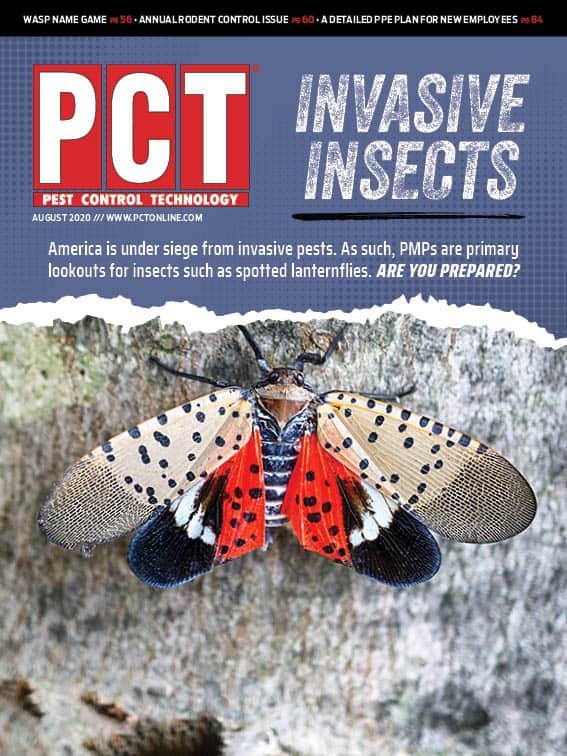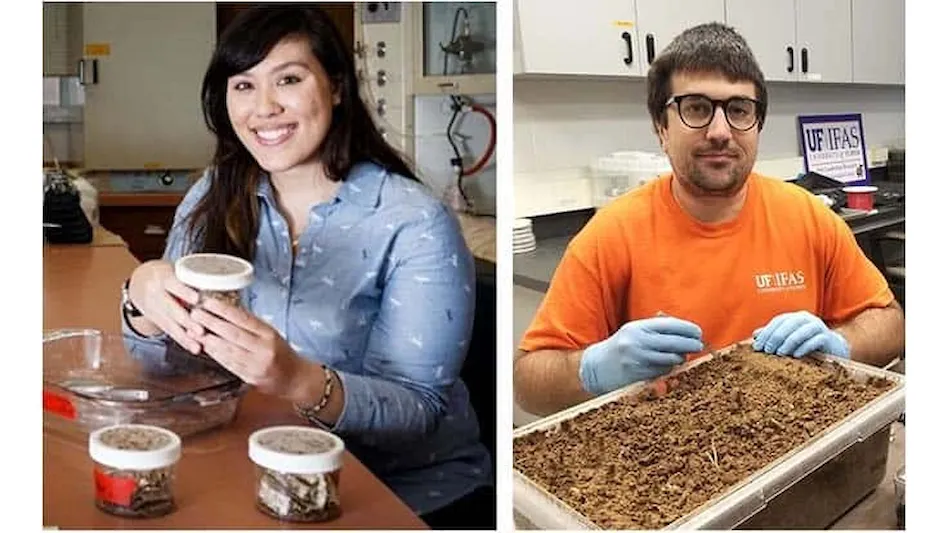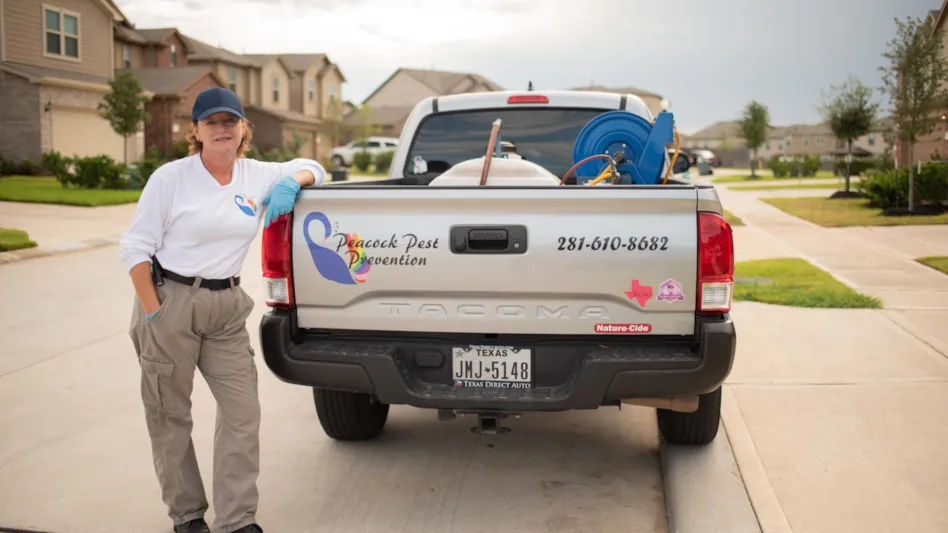
Nontoxic rodent monitoring baits have many uses, especially in sensitive accounts such as schools, zoos, food warehouses, medical facilities and other sites where you need to limit the use of pesticides. Toxic baits or other controls are placed only if and when needed as determined by your monitoring program. The nontoxic baits look, smell and taste like rodenticide baits from the same manufacturer, but they contain no active ingredient. They can be placed in and around structures, near rodent entry points, in transport vehicles and beside rodent burrows to detect the presence of mice and rats.
Use as prebaiting and postbaiting tools. Monitoring baits are useful in prebaiting, since they get rats or mice used to feeding in certain locations and on a specific food-based formula. Place monitoring baits as you would rodenticide baits, along runways and in areas where you see signs of rodents. Follow label directions for spacing of baits. Apply in locations and out of the reach of children and other non-targets or use a tamper-resistant bait station. Remove as much alternative food as possible to encourage feeding. Once you detect feeding on the monitoring bait, replace it with a toxic bait or with traps. After you have eliminated the rodent problem, place nontoxic baits again for ongoing monitoring.

Track rodents with UV light. All-weather monitoring bait blocks are grooved with a center hole for securing on bait station rods. The red dye in NoTox Mini Blocks (Liphatech) shows up in rodent droppings. Bell Labs offers two products with Lumitrack Biomarker: Detex Blox and Detex Soft Bait sachets. Resulting rodent droppings glow a neon bright green under blacklight, which allows you to track movement, find nest sites and estimate the size of the infestation.
If you switch to a toxic bait for control, use a rodenticide bait product from the same manufacturer that has the same food-based formula as the monitoring bait. Also, use the same formulation for your toxic bait. If you monitored with nontoxic soft bait sachets, choose a soft bait sachet rodenticide for your control.

Explore the August 2020 Issue
Check out more from this issue and find you next story to read.





